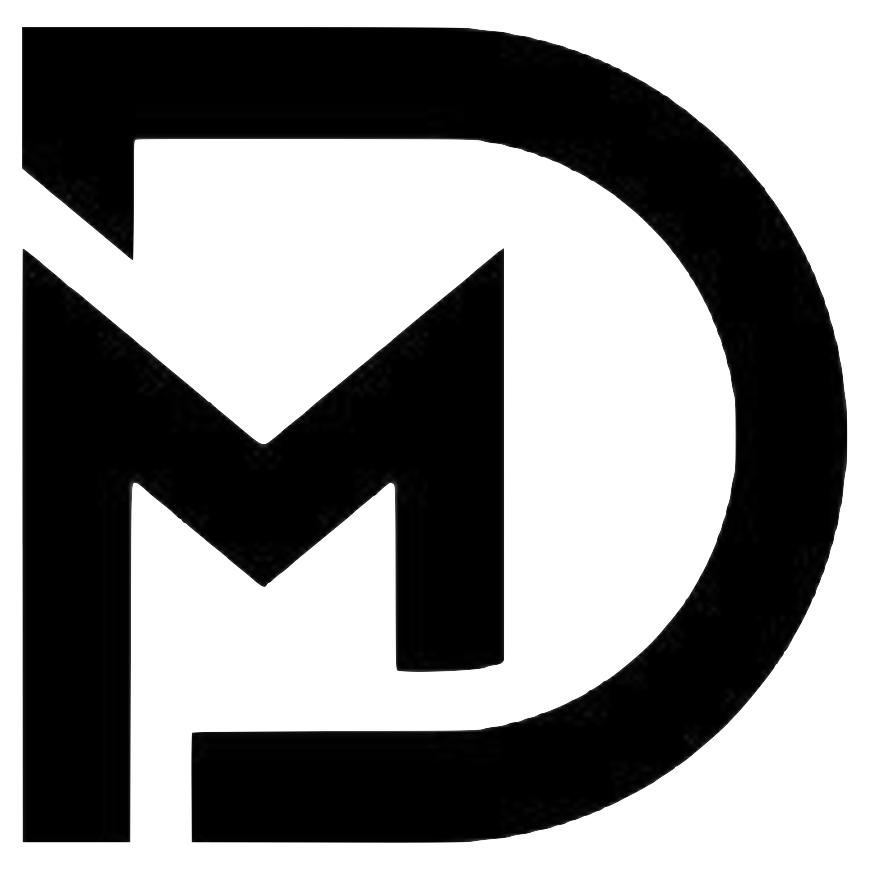DeepSeek Unveils Open-Source Mathematical Model Prover-V2

DeepSeek Launches Open-Source Mathematical Model Prover-V2
DeepSeek, an innovative tech company, has recently unveiled Prover-V2, an open-source mathematical model designed to enhance various applications within the realms of artificial intelligence and computational mathematics. This latest release builds upon their previous version, Prover-V1, and introduces several improvements aimed at better functionality and user accessibility.
What is Prover-V2?
Prover-V2 is a sophisticated platform that supports automated theorem proving, a key feature that allows users to verify mathematical theorems without manual intervention. This model is primarily designed for researchers, engineers, and developers working in fields requiring complex mathematical computations. The goal of Prover-V2 is to provide a reliable tool that simplifies mathematical proofs and enhances computational efficiency.
Key Features of Prover-V2
The Prover-V2 model comes with a host of features that set it apart from its predecessors:
Enhanced Accuracy: Prover-V2 integrates advanced algorithms that ensure a higher accuracy rate in theorem verification compared to earlier models.
User-Friendly Interface: The developers have prioritized user experience, creating an interface that is intuitive and easy to navigate, making it accessible for individuals with varying levels of expertise.
Extensive Documentation: The open-source model includes thorough documentation that provides guidance on setup, functionality, and examples of use, helping users get started quickly.
Community Support: By being open-source, Prover-V2 encourages contributions from the community. This means users can directly participate in improving the model and can seek help or collaborate with others.
- Broad Application Range: Prover-V2 can be applied in numerous fields, including AI, engineering, and academic research, facilitating the exploration of complex mathematical concepts.
Benefits of Using Open-Source Models
Open-source projects like Prover-V2 offer several advantages:
Cost-Effective: Users can access powerful tools without the financial burden typically associated with commercial software.
Transparency: Users have the ability to review and modify the code, which builds trust and ensures that the software aligns with specific needs.
Innovation Boost: Open-source models often benefit from community innovations, leading to faster advancements and improvements over time.
- Educational Value: For students and learners, open-source models serve as excellent resources for studying algorithms and mathematical principles.
How to Get Started with Prover-V2
To begin using Prover-V2, follow these steps:
Visit the Official Repository: Access the Prover-V2 repository on sites like GitHub to download the model or view its code.
Read the Documentation: Familiarize yourself with its features and functionalities by reviewing the provided documentation.
Install the Software: Follow the installation instructions to get Prover-V2 up and running on your machine.
Experiment with Sample Projects: Start with provided examples to understand how the model works.
- Engage with the Community: Join discussions on forums or platforms like Reddit or Stack Overflow to connect with other users, ask questions, and share your experiences.
Future of Prover-V2
DeepSeek’s commitment to continuous improvement indicates that more updates and features may be on the horizon for Prover-V2. The company plans to gather user feedback to refine and expand the model, ensuring that it meets emerging computational needs. This ongoing evolution promises to make Prover-V2 an integral tool for mathematicians and industry professionals alike.
As the technology landscape continues to evolve, open-source models like Prover-V2 are expected to play a crucial role in democratizing access to advanced mathematical tools, fostering collaboration, and driving innovation across various sectors. With the community’s engagement and the support of its robust features, Prover-V2 stands to make significant contributions to the field of automated theorem proving and beyond.




